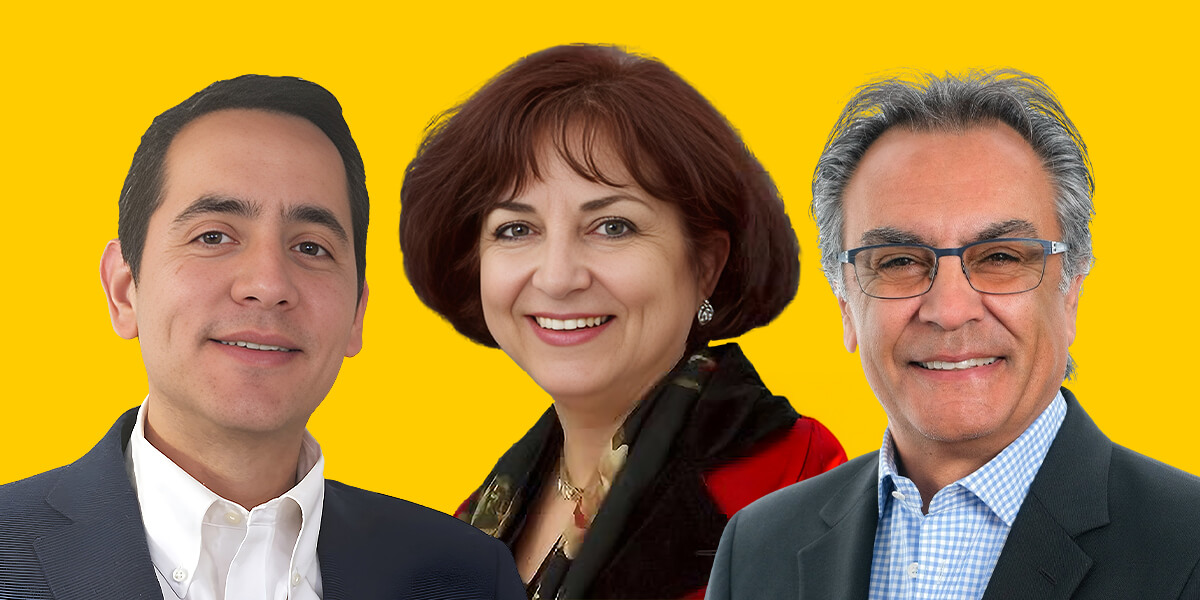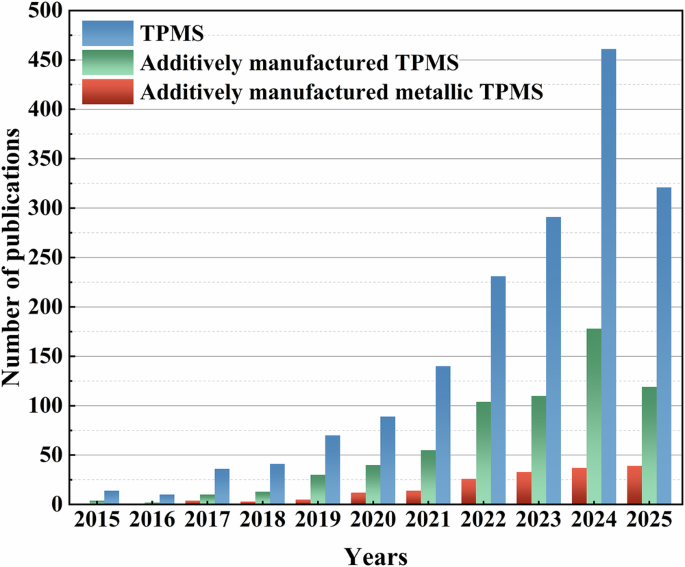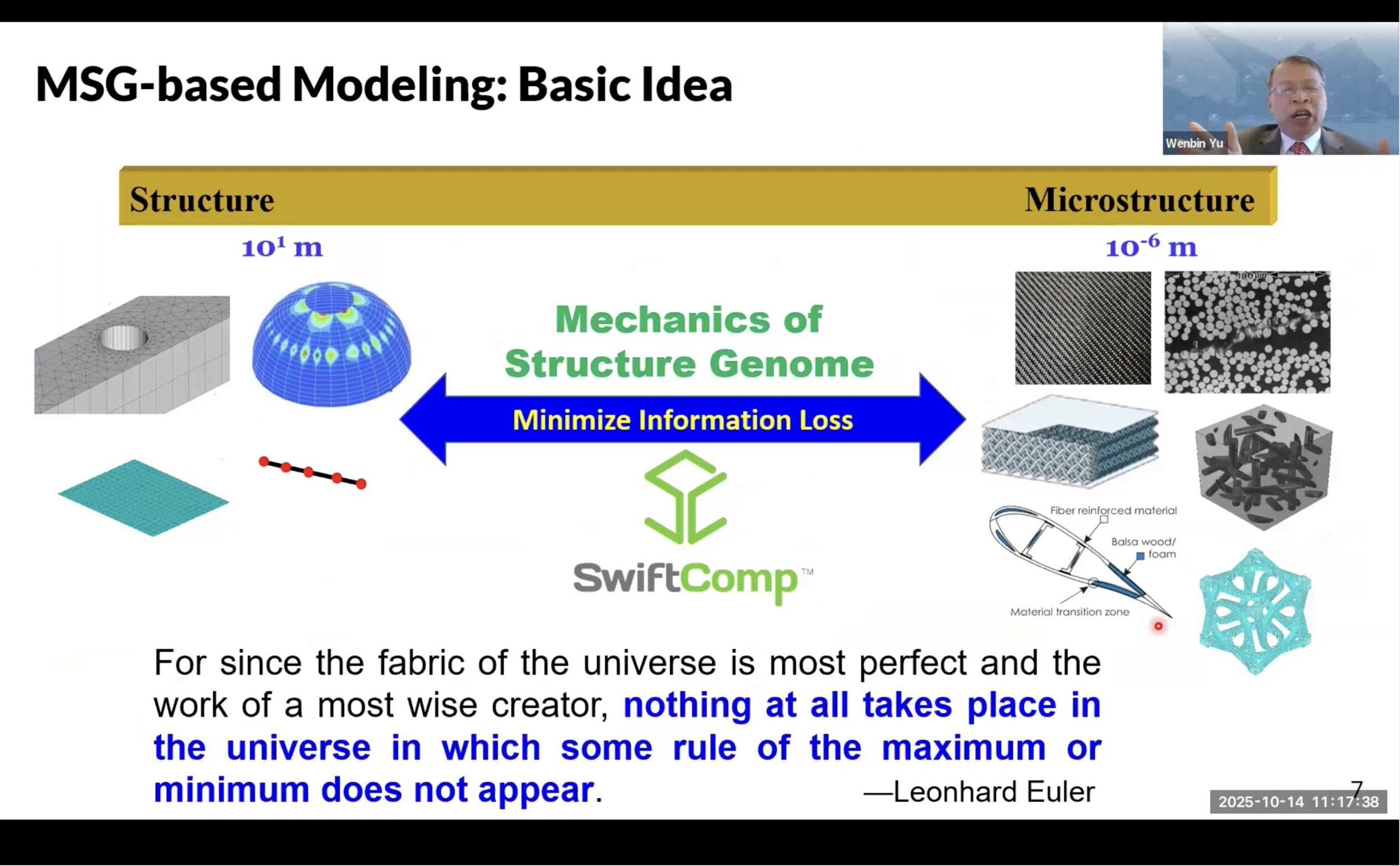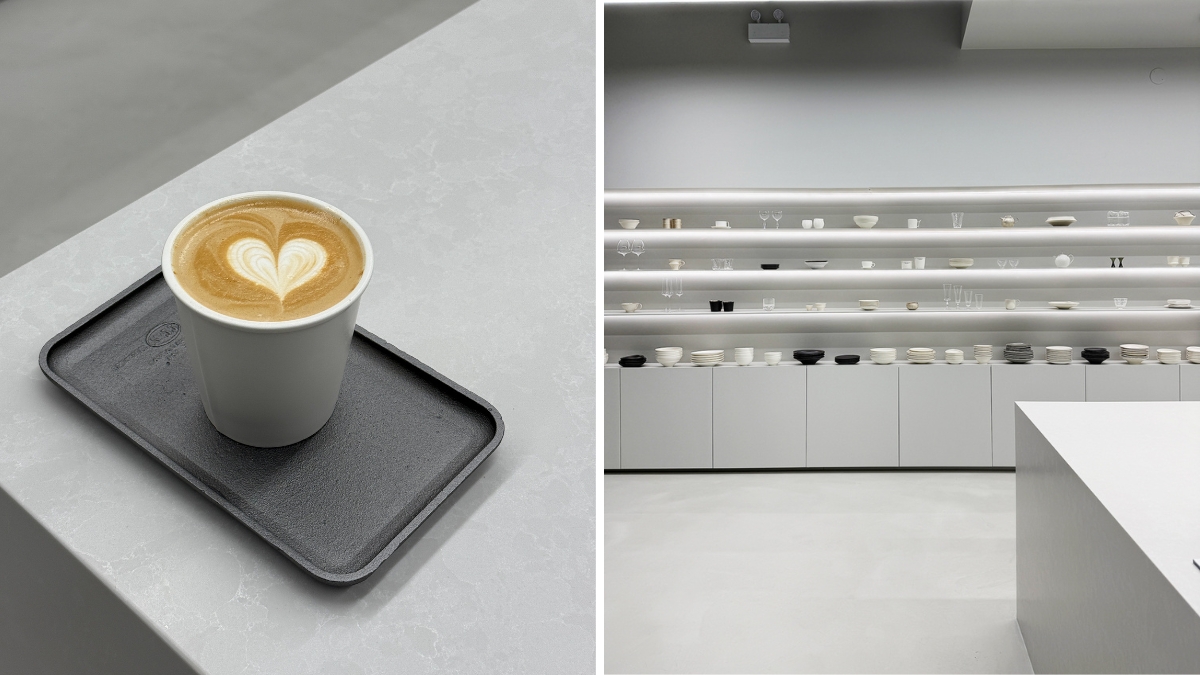Earthquakes, Tailgates and Superhero Movies: USC Structural Engineers Share Their Stories – USC Viterbi


USC structural engineering alumni have helped to shape the skyline of Downtown LA
You don’t often hear structural engineers chatting about their work – they’re too busy ensuring that the built environment holds together. However, we can learn a lot from the individuals who have dedicated their careers to the nuts and bolts of building safety, structural efficiency and disaster-resilience.
Three high-flying alumni of the structural engineering undergraduate and graduate programs at the USC Sonny Astani Department of Civil & Environmental Engineering (CEE) took a moment out of their busy schedules to reflect on how their USC education shaped their career journeys – whether the path to becoming an executive of a global structural engineering firm – as in the case of Ifa Kashefi MS ’80, PhD ’85 and Tony Ghodsi BS ’82, MS ’83 – or a leading academic and practitioner in the field of earthquake resilience, as in the case of Fabiàn Rojas MS ’07, PhD ’12.
For these alumni, now working on large scale projects internationally, Los Angeles served as the testbed for some of the most complex problems in structural engineering. As a sprawling city subject to seismic activity, climate and environmental pressures ranging from wildfires to flooding, Los Angeles demonstrates the high stakes of making our buildings and infrastructure structurally sound. Graduates of the programs at CEE are given a solid grounding in the design of safe, resilient, and efficient structural systems, applying the latest research and technology to advance the field in response to environmental changes and unforeseen catastrophes – an approach informed by the department’s overarching strategic vision.
Structural engineering is often considered one of the most hard-headed of engineering disciplines – there’s little time for dreaming while designing a structure to prevent a skyscraper from collapsing. That said, sometimes inspiration can come from surprising sources. As we found out from our first interviewee, Tony Ghodsi…
Tony Ghodsi BS ’82, MS ’83
For more than four decades, CEE alumnus Tony Ghodsi has helped to shape the skyline of Los Angeles. Early in his career he worked on high-end residences in Beverly Hills, then progressed to larger projects such as high-rises, museums, shopping centers, hotels and government buildings. Highlights include the Getty Center, and prominent high-rises along Wilshire Boulevard and in Downtown Los Angeles. He is now Senior Vice President of the global engineering firm WSP (formerly Englekirk).

Tony Ghodsi BS ’82, MS ’83
What first sparked your interest in structural engineering?
I grew up in Iran, where earthquakes are common. I developed a fascination with seismic engineering for earthquake resilience, and I was instinctively drawn to buildings rather than mechanical or electrical systems.
After high school I came to the US to study at USC, and I’ll never forget my first LA earthquake. The summer that I enrolled, I went to see the Superman movie. There’s a scene where an earthquake strikes California, and at that exact moment, the real building started shaking. I thought it was a special effect in the theater… Then I realized everyone was running to the emergency exit!
Which skills developed at USC have proved particularly useful in your career?
The design courses were essential – concrete, steel, and timber design. Many universities don’t offer timber design, and those skills helped with smaller-scale projects like houses. Advanced courses in concrete and steel design were also crucial.
Most important was the emphasis on seismic design. During my bachelor’s and master’s at USC, I gained both a theoretical understanding of earthquakes and the practical skills to design for them. That’s critical in California. Engineers from outside the region often struggle early in their careers because they lack that background. I had it from day one, and it made a huge difference.
What advice would you give young engineers entering civil engineering and considering structural design?
If you’re interested in building design, focus on design courses. Don’t spread yourself too thin; build real depth. Project-based courses are especially valuable, because they simulate the real process of putting an entire building together rather than just designing individual components.
If possible, also take a construction or construction management course. Understanding how theory translates into the field is extremely important. Those courses gave me the tools I needed to succeed right away in my first job. Today, it’s gratifying to look out across LA and see how many projects I’ve contributed to.
How has your relationship with USC developed over the years?
After graduation, I stayed connected with USC. Years later, I even returned to take advanced seismic and concrete design courses with Professor Englekirk. More recently, I served for a time on the department’s Industry Advisory Board, helping the faculty align courses with what students will need in practice. I still go back to campus often – my daughter is also a USC graduate, so we’re a family of Trojans.
Fabián Rojas MS ’07, PhD ’12
When it comes to earthquakes, few countries in the world present as many challenges as Chile. For Fabián Rojas, an associate professor at the University of Chile and practicing structural engineer, disaster resilience drives both his teaching and his work in industry. Rojas is at the forefront of reinforced concrete wall modeling and experimental testing for high-performance structures, comparing empirical data with computational models to better design and predict how buildings respond to earthquakes.

Fabián Rojas MS ’07, PhD ’12
What first sparked your interest in structural engineering?
From a young age I visited construction sites with my father, who is also a civil engineer. I was fascinated by how buildings were designed and built, especially tall structures. That curiosity led me to specialize in structural engineering, and eventually to pursue a PhD at USC with the support of a Fulbright and President of the Republic scholarship.
My application proposed studying building behavior during earthquakes, with a focus on reinforced concrete wall modeling. During my PhD, I developed new modeling elements to better represent seismic performance.
What did it feel like to pursue your graduate studies in another country?
It was a wonderful time for my family and I. My first daughter was born in Los Angeles, and we enjoyed exploring the USC campus, the Rose Garden, and Santa Monica Pier. We also loved USC football games and the atmosphere around them – the band, the tailgates. My professors (Professor James C. Anderson and Professor Farzad Naeim) even gave me tickets when they couldn’t attend, and sometimes I went with them and their families. Those experiences created very special memories for us, both academically and personally.
How do you balance your dual roles in industry and academia?
For me, that combination is very important – I’m an associate professor at the University of Chile, and I also work in the building design industry. When teaching civil engineering and structural design, real industry experience is essential; you need to understand current demands, challenges, and areas for improvement. My work focuses on reinforced concrete design, incorporating automatization and and detailing, and I bring that directly into the classroom. It helps inspire students to appreciate not only the technical side of engineering, but also the passion behind why building design matters.
What are the main structural challenges you focus on?
Chile is in one of the most seismically active regions of the world. Buildings here must be resilient enough to absorb the earthquake energy while remaining usable afterward. A major challenge today is incorporating performance-based design into our structural systems. That means using advanced nonlinear analysis and improved modeling to better predict how buildings will behave during earthquakes.
How did your USC education shape your career path?
My time at USC was extraordinary. I learned deeply about earthquake engineering, structural modeling, and reinforced concrete behavior. I focused my PhD on modeling reinforced concrete walls and how they respond under seismic loads under the guide of Professor James C. Anderson.
Being in Los Angeles was also valuable: I observed construction firsthand and saw similarities between seismic design conditions in California and Chile. Importantly, I was there during Chile’s 2010 magnitude 8.8 Maule earthquake. I returned with a group of engineers from Los Angeles Tall Buildings Structural Design Council, including Professor Naeim, to study the damage. That work led to published research on how Chilean buildings performed.
What would you consider some of your greatest professional successes?
In academia, teaching has been one of my greatest passions and accomplishments. I value passing knowledge to new generations, something I learned from my professors at USC. I’m proud of distinctions I’ve received for teaching, and I continue mentoring PhD students to advance research and practice. Lately, we’ve been exploring how artificial intelligence and evolutionary optimization can improve structural design. For example, using data from past projects, we can create initial models, optimize wall placement and thickness, and ultimately design buildings with greater seismic resilience.
In industry, I’m proud to have contributed to Chile’s seismic code development. A few months ago, I was involved with other colleagues in drafting the country’s first performance-based design code, which is under review now. Being able to help shape national standards is very meaningful. I’ve also consulted on many buildings’ projects, applying both research and practical expertise.
Ifa Kashefi MS ’80, PhD ’85
Ifa Kashefi, founder and principal of KM Engineering Consulting Group, earned her master’s and doctorate in civil engineering at USC – in fact, she was the department’s first female PhD graduate. She served as chief of the Permit and Engineering Bureau at the Los Angeles Department of Building and Safety (LADBS) from 2008 to 2018, the nation’s largest municipal building department. There, she managed operations across five offices and set high standards for building safety and compliance. Now leading KM Engineering and Consulting Group, Kashefi draws on her deep public and private-sector experience to advocate for resilient and sustainable design practices.

Ifa Kashefi MS ’80, PhD ’85
What first sparked your interest in structural engineering?
My fascination with structural engineering began in my early teenage years, when I discovered a deep passion for visuals and design. I was captivated by the interplay of art and architecture, often spending hours sketching and studying building facades, drawn to how structures could evoke emotion and shape human experience.
During my final two years of high school, that interest crystallized into a clear aspiration: I wanted to contribute to the creation of these spaces. The idea of transforming a conceptual drawing into a tangible, safe, and inspiring structure resonated deeply with me.
That led me to pursue a bachelor’s degree in civil engineering at Aryamehr University in Tehran, now known as Sharif University of Technology. It is one of Iran’s most prestigious institutions, renowned for its rigorous engineering programs. At the time, the university’s newly established Sazeh Department also offered a unique opportunity to work closely with faculty while immersing myself in the foundational principles of structural engineering.
How did those initial interests develop during your time at USC, and what were some of the key skills that you learned?
Building upon my foundation in Iran, I pursued my graduate studies at USC, earning both my master’s and PhD in Civil Engineering with an emphasis in Earthquake Engineering. I am particularly proud to be recognized as the first female PhD graduate from USC’s Civil and Environmental Engineering Department.
At USC, I had the privilege of working alongside esteemed professors and researchers, which deepened my understanding of structural behavior under seismic ground motions and forces. That experience reinforced my view of structural engineering as both technical and creative. It also equipped me with the analytical tools needed to design resilient structures in seismically active regions, ensuring safety without compromising aesthetic or functional integrity.
How have you brought those skills forward into your career, and what challenges have they allowed you to address?
My academic journey laid a robust foundation for my professional path. After joining LADBS, the largest building department in the nation, I quickly rose through the ranks and became the first female engineer to attain top-level management roles. By 2008, I was serving as Chief of the Permit and Engineering Bureau. In that role, I oversaw entire plan-checking and permit-issuance operations of the department and managed the Construction Services Centers across five offices with a team of over 350 employees and an annual budget exceeding $43 million.
In this capacity, I applied my expertise to streamline permitting processes and ensure that safety and compliance were maintained amid the complexities of urban development. My leadership was instrumental in navigating the intricacies of building codes and regulations, and I am proud of the role I played in shaping the growth of one of the most dynamic cities in the country.
What do you believe were some of the primary benefits of the program, whether in terms of hands-on learning, mentorship, internship experience, community, or any other elements?
The USC program offered a comprehensive blend of theoretical knowledge and practical application. The mentorship provided by faculty members was invaluable, guiding my research and encouraging a critical approach to problem-solving. The collaborative environment also supported interdisciplinary learning, which was essential in addressing the multifaceted challenges of structural and earthquake engineering.
Additionally, the program’s emphasis on real-world applications through case studies and design projects sharpened my ability to translate academic concepts into actionable solutions. This had a lasting impact on both my career and leadership style.
What fascinates you about your current career and what are your goals for the coming years?
Reflecting on my journey, I attribute much of my success to the education and experiences I gained at USC, which not only propelled my career but also enriched my personal life here in the United States.
Today, as the founder and principal of KM Engineering Consulting Group, I am proud to leverage more than 40 years of structural engineering experience to help lead development projects through the permitting process.
I am especially energized by the opportunity to mentor the next generation of engineers, sharing my insights from my diverse experience across both the public and private sectors. Looking ahead, I also hope to continue contributing to the field by advocating for sustainable and resilient design practices, ensuring that the structures we create today stand the test of time and serve our communities effectively.
Inspired by the stories of these CEE alumni? Meet more USC structural engineers here
Published on September 4th, 2025
Last updated on September 4th, 2025
link






